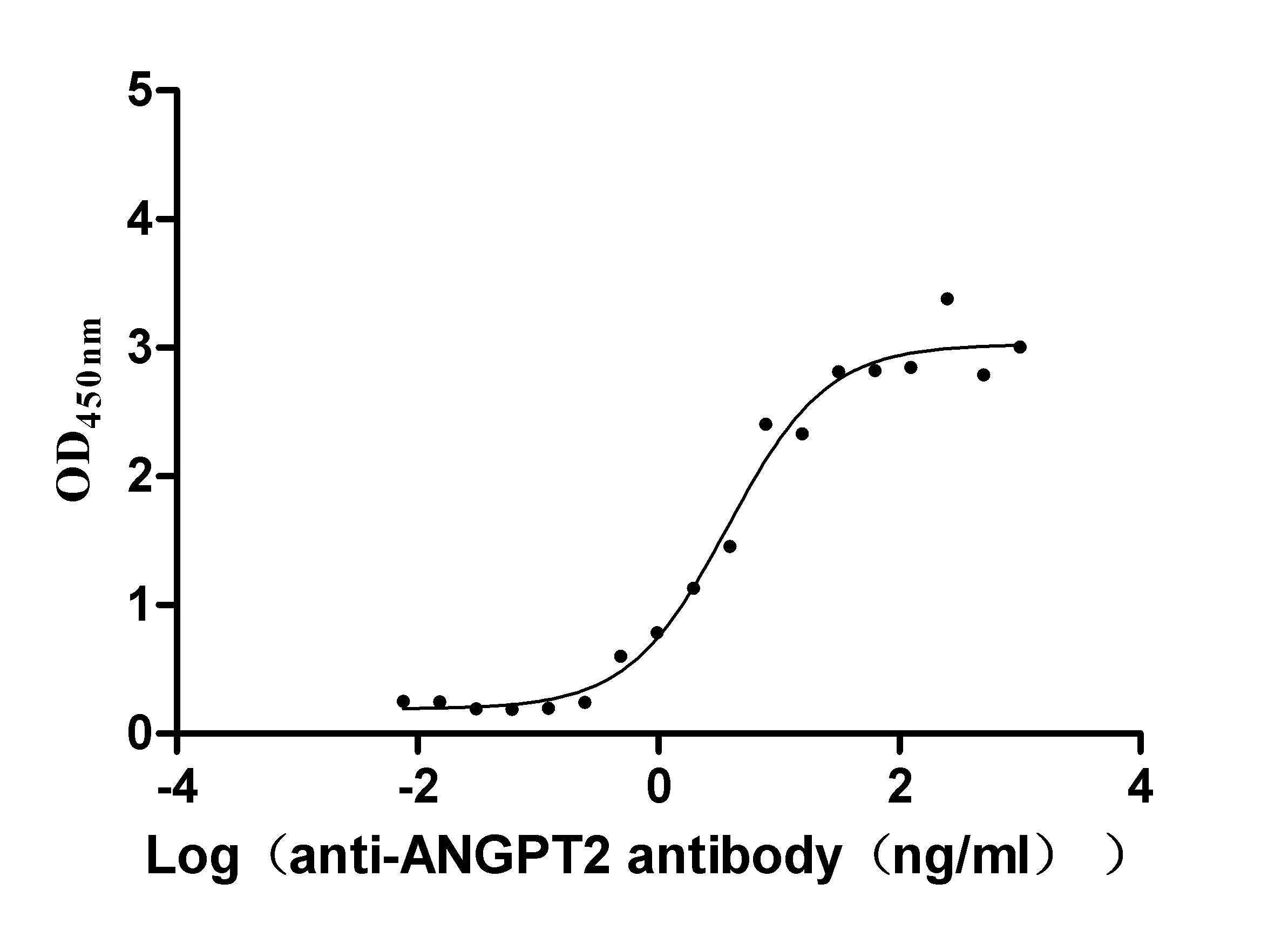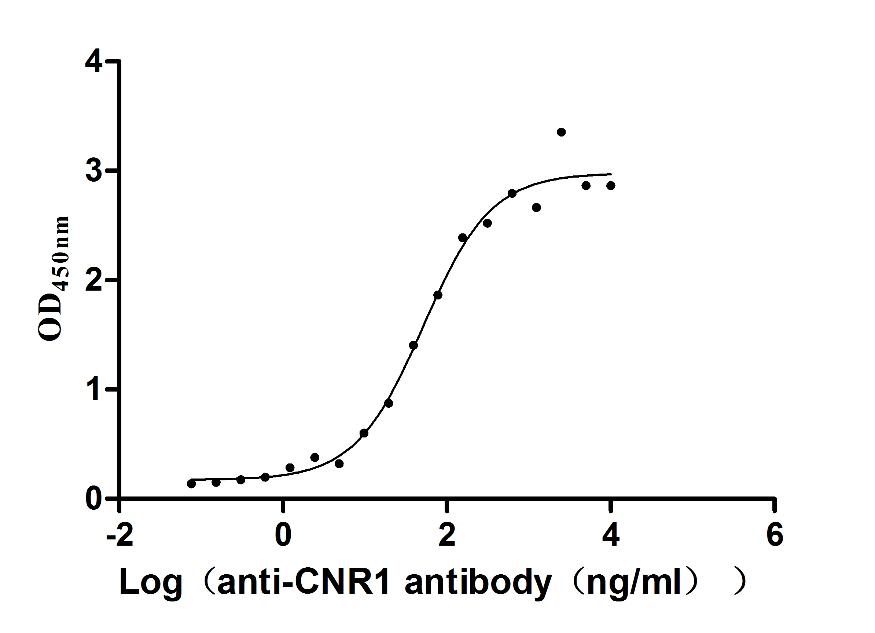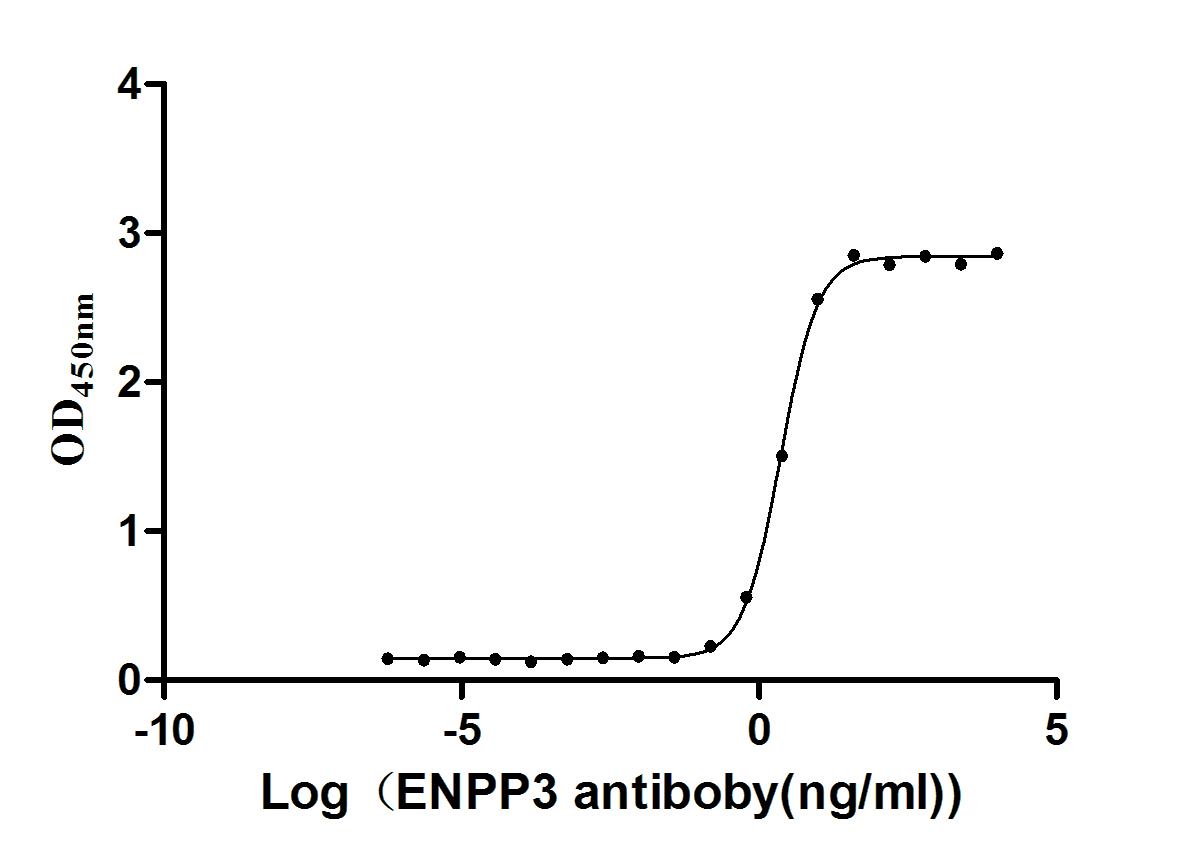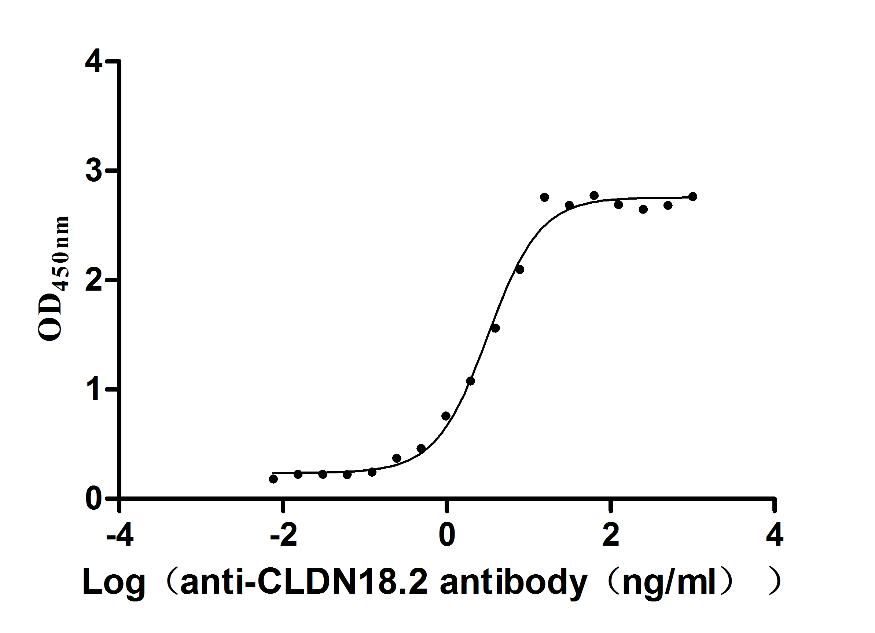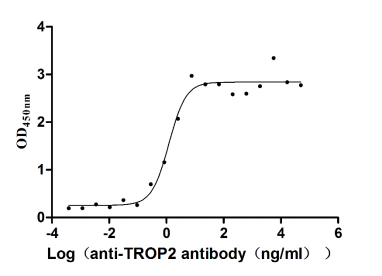Recombinant Mouse Tyrosine-protein kinase ABL1 (Abl1), partial
-
中文名稱:Recombinant Mouse Tyrosine-protein kinase ABL1(Abl1) ,partial
-
貨號:CSB-YP001105MO
-
規(guī)格:
-
來源:Yeast
-
其他:
-
中文名稱:Recombinant Mouse Tyrosine-protein kinase ABL1(Abl1) ,partial
-
貨號:CSB-EP001105MO
-
規(guī)格:
-
來源:E.coli
-
其他:
-
中文名稱:Recombinant Mouse Tyrosine-protein kinase ABL1(Abl1) ,partial
-
貨號:CSB-EP001105MO-B
-
規(guī)格:
-
來源:E.coli
-
共軛:Avi-tag Biotinylated
E. coli biotin ligase (BirA) is highly specific in covalently attaching biotin to the 15 amino acid AviTag peptide. This recombinant protein was biotinylated in vivo by AviTag-BirA technology, which method is BriA catalyzes amide linkage between the biotin and the specific lysine of the AviTag.
-
其他:
-
中文名稱:Recombinant Mouse Tyrosine-protein kinase ABL1(Abl1) ,partial
-
貨號:CSB-BP001105MO
-
規(guī)格:
-
來源:Baculovirus
-
其他:
-
中文名稱:Recombinant Mouse Tyrosine-protein kinase ABL1(Abl1) ,partial
-
貨號:CSB-MP001105MO
-
規(guī)格:
-
來源:Mammalian cell
-
其他:
產(chǎn)品詳情
-
純度:>85% (SDS-PAGE)
-
基因名:
-
Uniprot No.:
-
別名:Abl1; AblTyrosine-protein kinase ABL1; EC 2.7.10.2; Abelson murine leukemia viral oncogene homolog 1; Abelson tyrosine-protein kinase 1; Proto-oncogene c-Abl; p150
-
種屬:Mus musculus (Mouse)
-
蛋白長度:Partial
-
蛋白標簽:Tag?type?will?be?determined?during?the?manufacturing?process.
The tag type will be determined during production process. If you have specified tag type, please tell us and we will develop the specified tag preferentially. -
產(chǎn)品提供形式:Lyophilized powder
Note: We will preferentially ship the format that we have in stock, however, if you have any special requirement for the format, please remark your requirement when placing the order, we will prepare according to your demand. -
復溶:We recommend that this vial be briefly centrifuged prior to opening to bring the contents to the bottom. Please reconstitute protein in deionized sterile water to a concentration of 0.1-1.0 mg/mL.We recommend to add 5-50% of glycerol (final concentration) and aliquot for long-term storage at -20℃/-80℃. Our default final concentration of glycerol is 50%. Customers could use it as reference.
-
儲存條件:Store at -20°C/-80°C upon receipt, aliquoting is necessary for mutiple use. Avoid repeated freeze-thaw cycles.
-
保質(zhì)期:The shelf life is related to many factors, storage state, buffer ingredients, storage temperature and the stability of the protein itself.
Generally, the shelf life of liquid form is 6 months at -20°C/-80°C. The shelf life of lyophilized form is 12 months at -20°C/-80°C. -
貨期:Delivery time may differ from different purchasing way or location, please kindly consult your local distributors for specific delivery time.Note: All of our proteins are default shipped with normal blue ice packs, if you request to ship with dry ice, please communicate with us in advance and extra fees will be charged.
-
注意事項:Repeated freezing and thawing is not recommended. Store working aliquots at 4°C for up to one week.
-
Datasheet :Please contact us to get it.
靶點詳情
-
功能:Non-receptor tyrosine-protein kinase that plays a role in many key processes linked to cell growth and survival such as cytoskeleton remodeling in response to extracellular stimuli, cell motility and adhesion, receptor endocytosis, autophagy, DNA damage response and apoptosis. Coordinates actin remodeling through tyrosine phosphorylation of proteins controlling cytoskeleton dynamics like WASF3 (involved in branch formation); ANXA1 (involved in membrane anchoring); DBN1, DBNL, CTTN, RAPH1 and ENAH (involved in signaling); or MAPT and PXN (microtubule-binding proteins). Phosphorylation of WASF3 is critical for the stimulation of lamellipodia formation and cell migration. Involved in the regulation of cell adhesion and motility through phosphorylation of key regulators of these processes such as BCAR1, CRK, CRKL, DOK1, EFS or NEDD9. Phosphorylates multiple receptor tyrosine kinases and more particularly promotes endocytosis of EGFR, facilitates the formation of neuromuscular synapses through MUSK, inhibits PDGFRB-mediated chemotaxis and modulates the endocytosis of activated B-cell receptor complexes. Other substrates which are involved in endocytosis regulation are the caveolin (CAV1) and RIN1. Moreover, ABL1 regulates the CBL family of ubiquitin ligases that drive receptor down-regulation and actin remodeling. Phosphorylation of CBL leads to increased EGFR stability. Involved in late-stage autophagy by regulating positively the trafficking and function of lysosomal components. ABL1 targets to mitochondria in response to oxidative stress and thereby mediates mitochondrial dysfunction and cell death. In response to oxidative stress, phosphorylates serine/threonine kinase PRKD2 at 'Tyr-717'. ABL1 is also translocated in the nucleus where it has DNA-binding activity and is involved in DNA-damage response and apoptosis. Many substrates are known mediators of DNA repair: DDB1, DDB2, ERCC3, ERCC6, RAD9A, RAD51, RAD52 or WRN. Activates the proapoptotic pathway when the DNA damage is too severe to be repaired. Phosphorylates TP73, a primary regulator for this type of damage-induced apoptosis. Phosphorylates the caspase CASP9 on 'Tyr-191' and regulates its processing in the apoptotic response to DNA damage. Phosphorylates PSMA7 that leads to an inhibition of proteasomal activity and cell cycle transition blocks. Regulates T-cell differentiation in a TBX21-dependent manner. Phosphorylates TBX21 on tyrosine residues leading to an enhancement of its transcriptional activator activity.
-
基因功能參考文獻:
- WAVE2/c-Abl survival signal required at the hematopoietic stem cell (HSC) fetal liver to marrow transition that confers fitness to the HSC for marrow hematopoiesis PMID: 29915352
- Results indicate that c-Abl may play roles in preimplantation embryo development, especially in TE formation and differentiation. PMID: 29556632
- c-Abl phosphorylated Drp1 at tyrosine 266, 368 and 449 in vitro and in vivo, which augmented the GTPase activity of Drp1 and promoted Drp1-mediated mitochondrial fragmentation. PMID: 29022905
- c-Abl phosphorylation of Mdm2 has a role in regulation of p53 tumor suppression and bone marrow failure PMID: 27956626
- BOC interacts with ABL and activates JNK thereby promoting neuronal differentiation and neurite outgrowth. PMID: 27871935
- These results uncover a murine hepatic steatosis regulatory axis consisting of ABL1-PPARgamma2-MLL4, which may serve as a target of anti-steatosis drug development. PMID: 27806304
- this study shows that signaling downstream of murine inhibitory receptors does not involve c-Abl and that c-Abl plays no major role in NK cell education in the mouse PMID: 28605050
- ABL potentiated the assembly and activation of the RUNX2-TAZ master transcription factor complex that is required for osteoblastogenesis, while antagonizing PPARgamma-mediated adipogenesis. PMID: 27797343
- Normal ABL1 is a tumor suppressor in BCR-ABL1-induced leukemia. ABL1 inhibits expansion and proliferation of BCR-ABL1-expressing leukemic stem cells. Allosteric stimulation of the normal ABL1 kinase activity enhanced the antileukemia effect of ABL1 tyrosine kinase inhibitors. PMID: 26864341
- the ABL family of tyrosine kinases rheostatically enhances IRE1alpha's enzymatic activities, thereby potentiating endoplasmic reticulum stress-induced apoptosis. PMID: 28380378
- p38a as a major substrate of c-Abl both in vitro and in vivo and c-Abl-mediated phosphorylation is critical for the dimerization of p38a. PMID: 26517532
- Our data show that: i) HDAC2 levels and activity are increased in NPC neuronal models and in Npc1(-/-) mice; ii) inhibition of c-Abl or c-Abl deficiency prevents the increase of HDAC2 protein levels and activity in NPC neuronal models PMID: 26603102
- The resistance in BCR-ABL1 cells resulted either from the Y253H mutation in the BCR-ABL1 gene or incubation in increasing concentrations of imatinib. PMID: 26251899
- These results reveal a new pathway in the DNA damage response wherein ABL-dependent tyrosine phosphorylation of DGCR8 stimulates the processing of selective primary miRNAs. PMID: 26126715
- These findings connect the EphB signaling pathway to the regulation of intestinal adenoma initiation via Abl kinase. PMID: 25834110
- overexpression of Id2 in primary alveolar epithelial cells promotes proliferation by inhibiting a retinoblastoma protein/c-Abl interaction leading to greater c-Abl activity. PMID: 25661109
- The study demonstrates a previously unrecognized mechanism that controls insulin expression through c-Abl-regulated NKx2.2 and GLUT2. PMID: 24835010
- Oocyte-specific inactivation of Omcg1 leads to DNA damage and c-Abl/TAp63-dependent oocyte death associated with dramatic remodeling of ovarian somatic cells. PMID: 25168238
- LPS-induced paxillin phosphorylation at Y31 and Y118 was mediated by c-Abl tyrosine kinase PMID: 25795725
- c-Abl modulates tumor cell sensitivity to antibody-dependent cellular cytotoxicity. PMID: 25300860
- Data (including data from mouse mutant strains) suggest that neuropilin-1 in vascular endothelium contributes to angiogenesis via VEGFA-independent mechanism involving Abl1 signaling in the extracellular matrix in VEGFA-independent mechanism. [REVIEW] PMID: 25233427
- Grb10 is involved in BCR-ABL-positive leukemia in mice. PMID: 25249015
- Data indicate that plasmacytomas of each genotype expressed high levels of v-abl gene. PMID: 24986687
- c-Abl was activated during the early phase of mouse 3T3-L1 preadipocyte differentiation. c-Abl activity was essential and its inhibition blocked differentiation to mature adipocytes. c-Abl directly controlled the expression and activity of PPARgamma2. PMID: 25368164
- findings reveal a novel regulatory role of c-Abl in Jak2 activation induced by IL-3 cytokine growth factor in 32D hematopoietic cells PMID: 24923444
- C-Abl tyrosine kinase was found to be an upstream activator of neuronal apoptosis and mitochondrial dysfunction. PMID: 24510275
- Data indicate that ABL1 forms a complex with neuropilin 1 (NRP1) in endothelial cells (ECs). PMID: 24863063
- Abl Kinase Activity Is Required for VEGF- and Thrombin-Induced Disruption of Endothelial Adherens Junctions. PMID: 24367707
- Altered expression of Abl in airway smooth muscle may play a critical role in the development of airway hyperresponsiveness and airway remodeling in asthma. PMID: 24112389
- Suggest that HS-438 may be a novel drug candidate with the therapeutic potential to target BCR-ABL and overcome imatinib resistance in patients with chronic myeloid leukemia. PMID: 24657654
- ABL-MyoD signaling coordinates DNA repair and transcription in myoblasts. PMID: 24056763
- cGMP, through activation of PKGI, inhibits c-Abl, leading to increased key antioxidant enzymes and resistance to lung endothelial oxidant injury. PMID: 24401847
- c-Abl mediates angiotensin II-induced apoptosis in podocytes. PMID: 23515840
- IRF8-rescued BCR-ABL-expressing dendritic cells were capable of inducing CTLs more efficiently than control dendritic cells. PMID: 24242069
- Data indicate thate TGFbeta activates the ABL1 pathway in the absnce of TGFbeta receptor type II (TbetaRII) during tongue development. PMID: 23950180
- activation of c-Abl is an important step, which induces into two signaling pathways involving noncanonical PI 3-kinase and canonical Smads to integrate BMP-2-induced osteogenesis. PMID: 23821550
- Genetic disruption of Abl nuclear import reduces renal apoptosis in a mouse model of cisplatin-induced nephrotoxicity. PMID: 23660976
- Intrafemoral transplantation of BCR-ABL-transduced Cbl-b(-/-) cells revealed equivalent latency of disease development to the wild-type transplants PMID: 23160449
- Data show that T315I-mutated BCR-ABL is functional at the stem cell level, conferring to murine embryonic stem cell (mESC)-derived leukemic cells a long-term hematopoietic repopulation ability. PMID: 23287417
- A signaling circuit involving Abl and p38MAPK is required downstream of Met for the survival of embryonic hepatocytes, via qualitative regulation of the p53 transcriptional response PMID: 22889954
- The results of this study suggest that the interferon signaling pathway may play a role in the pathologic processes caused by c-Abl expression in neurons. PMID: 22938163
- The results reveal a receptor-proximal switch mechanism by which Mig6 actively senses EGF deprivation to directly activate proapoptotic c-Abl. PMID: 22975324
- tyrosine kinases of the Abl family are present in podosomes formed by murine and human macrophages. PMID: 22733220
- Abl and Arg play complementary, nonredundant roles in the phagocytosis of opsonized beads and Leishmania PMID: 22665498
- Identify c-Abl as a regulator of bone morphogenetic protein signalling pathways and uncover a role for c-Abl in p16(INK4a) expression and osteoprogenitor expansion. PMID: 22729085
- Essential role for telomerase in chronic myeloid leukemia induced by BCR-ABL in mice. PMID: 22408137
- ABL1 regulates spindle orientation in adherent cells and mammalian skin PMID: 22252550
- STAT5a/b is essential for the induction of CML-like leukemia by BCR-ABL1 and of polycythemia by JAK2(V617F). PMID: 22234689
- the stage-specific protein pattern of the mammalian c-Abl tyrosine kinase presented a good correlation with the mouse estrus cycle and may have a regulative function during the uterine remodeling. PMID: 22143492
- the nucleo-cytoplasmic shuttling of DGKalpha is orchestrated by tyrosine phosphorylation by the Src-activated tyrosine kinase c-Abl PMID: 22199356
顯示更多
收起更多
-
亞細胞定位:Cytoplasm, cytoskeleton. Nucleus. Mitochondrion.
-
蛋白家族:Protein kinase superfamily, Tyr protein kinase family, ABL subfamily
-
組織特異性:Widely expressed.
-
數(shù)據(jù)庫鏈接:
Most popular with customers
-
Express system: Mammalian cell
Species: Homo sapiens (Human)
-
Recombinant Human Claudin-18.2 (CLDN18.2)-VLPs (Active)
Express system: Mammalian cell
Species: Homo sapiens (Human)
-
Recombinant Mouse Retinol-binding protein 4 (Rbp4) (Active)
Express system: Mammalian cell
Species: Mus musculus (Mouse)
-
Recombinant Dog Angiopoietin-2 (ANGPT2) (Active)
Express system: Mammalian cell
Species: Canis lupus familiaris (Dog) (Canis familiaris)
-
Recombinant Human Cannabinoid receptor 1 (CNR1)-VLPs (Active)
Express system: Mammalian cell
Species: Homo sapiens (Human)
-
Express system: Mammalian cell
Species: Homo sapiens (Human)
-
Recombinant Macaca fascicularis Claudin 18.2 (CLDN18.2)-VLPs (Active)
Express system: Mammalian cell
Species: Macaca fascicularis (Crab-eating macaque) (Cynomolgus monkey)
-
Recombinant Human Tumor-associated calcium signal transducer 2 (TACSTD2), partial (Active)
Express system: Mammalian cell
Species: Homo sapiens (Human)


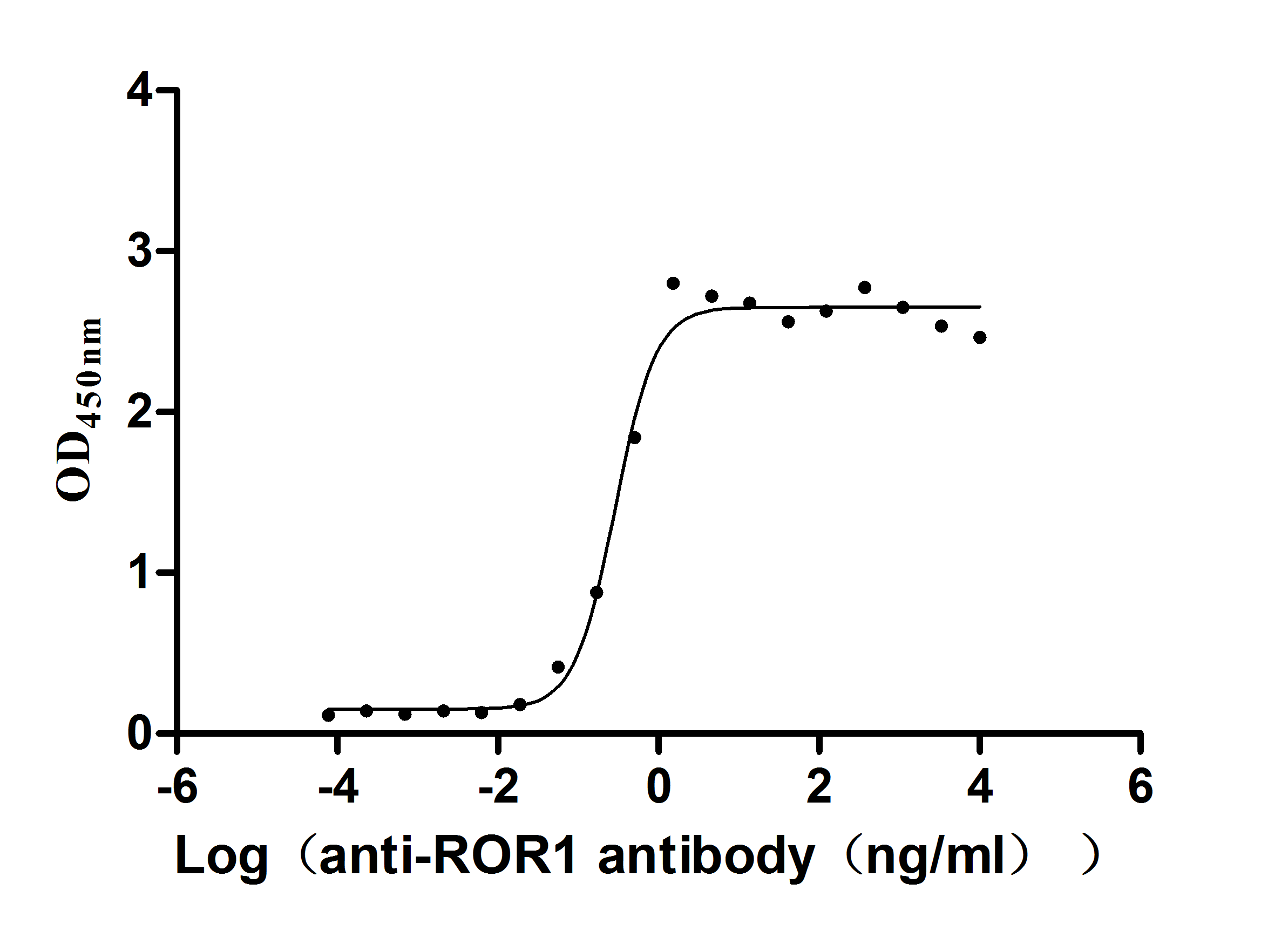
-AC1.jpg)

